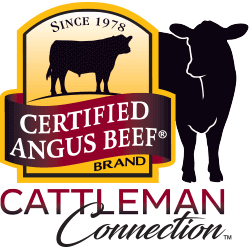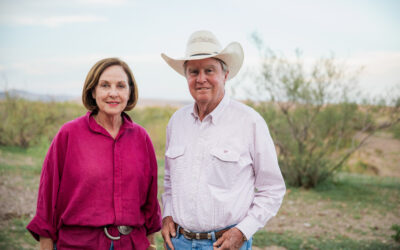
What a cattle feeder wants
March 27, 2011
As a meeting coordinator, I always squirm just a little when an audience member stands up, addresses the speaker and says, “I don’t really have a question for you… more of a comment.”
You never really know what kind of tirade might come after an introduction like that.
But last Wednesday, it was a good comment. One I wish more would stand up and share. We were out at the Collinge Ranch in Hamilton, Kan., for a field day for folks in the stocker business. The session was called “What a Feeder Wants,” with Jerry Bohn of Pratt Feeders leading the discussion.
The gentleman stood up in the back of the room, and the gest of his comment was this: “I just want to say, I hope other guys understand how easy all of this stuff is. I e-ID and age and source verify my cattle. We retain ownership and collect performance data on them. And when we started doing all that a couple of years ago, I was scared to death of it. It seemed overwhelming and I didn’t have a clue what I was getting into. But I just did it,and now I’m glad I did. It’s well worth the time,and it wasn’t that hard. I just hope other guys know that and get over that fear of doing something different.”
Doing something different with your cattle means finding ways to make them stand above the commodity market. Simply put, “If you want a premium price, you must have premium cattle. Make them better,” Jerry said. “If you have a story to tell a buyer, you’ll be in good shape.”
Cattle with a story sell, and that includes having previous feedyard and packing plant performance data on them. Here are some critical points in telling that story:
-
Health program history: Let your feeder know the weaning status, vaccination history, if and what implants have been used and if you have any history of chronic illness in the herd.
-
Feeding program history: Try to have cattle bunk and water tank broke. Let the feeder know what kind of mineral program they may have been on. “That helps us help them – we need to know if they are nutrient sufficient before we can create a feeding program,” he said.
-
Genetic background: Be able to note the breed(s) of the animals. Cattle that are age and source verified, or at the very least have calving records to verify their age are worth the paperwork. But, Jerry said, if you have the calving records already, you might as well go ahead and put it to work in a verified program, like AngusSource, to ensure a dollar premium.
- Data/information transfer: “The surest way to get carcass data back is to own them through the feeding phase,” Jerry said. Owning some or all of your cattle through the feeding phase is a huge jump. But if you find a feeder who is willing to work with you, they may be able to help with the transition through financing assistance. If you’re not ready to make that move, there’s no harm in simply asking the feeder upfront if they would be willing to share their feedlot and carcass performance data. You might be surprised: “The information-sharing business is getting better,” Jerry said. “Sharing that data is good for everyone involved.”
- Selling fed cattle on a grid: The key to making money on a grid marketing system is to avoid discounts. That means avoiding dark cutters, overweight cattle, yield grade 4 and 5 and anything older than 30 months of age. If you can avoid those categories, Jerry said, and push for more Prime and upper Choice grades, you’ll be in good shape.
Are you following any of these practices Jerry talked about to make your cattle stand out and command a premium? Was it as easy as the gentlemen in the back of the session said? Would you share that information with your cattle industry peers? This session was one that started a great discussion among attendees, and I hope it does the same for our readers here!
You may also like
An Unforgiving Land
What makes a ranch sustainable? To Jon, it’s simple: the same family, ranching on the same land, for the last 140 years. The Means family never could have done that without sustainability. Responsible usage of water, caring for the land and its wildlife, and destocking their herd while the land recovers from drought.
System Over Scale
For Dallas Knobloch, it’s not about being the biggest feedyard—it’s about building a high-quality system that works. Today, with Tory’s wife Sadie and daughter Ivy, the Knobloch family owns and operates 4K Cattle. They feed 2,500 cattle at eight locations within 10 miles of home, manage 1,000 acres of crops and run a 125-head cow herd, all near Hills, Minn.
Working for Premiums
The commercial Angus rancher from Collyer, Kansas, came back for daily homework in 1999 after a year at college. For 25 years now, he’s studied all the ways to grow his family’s W6 Cattle cow-calf herd with Angus at the base. Guided by data, Walt worked to improve the herd from zero Primes to averaging 60 percent. Learning what drives premiums prompted improvement.



